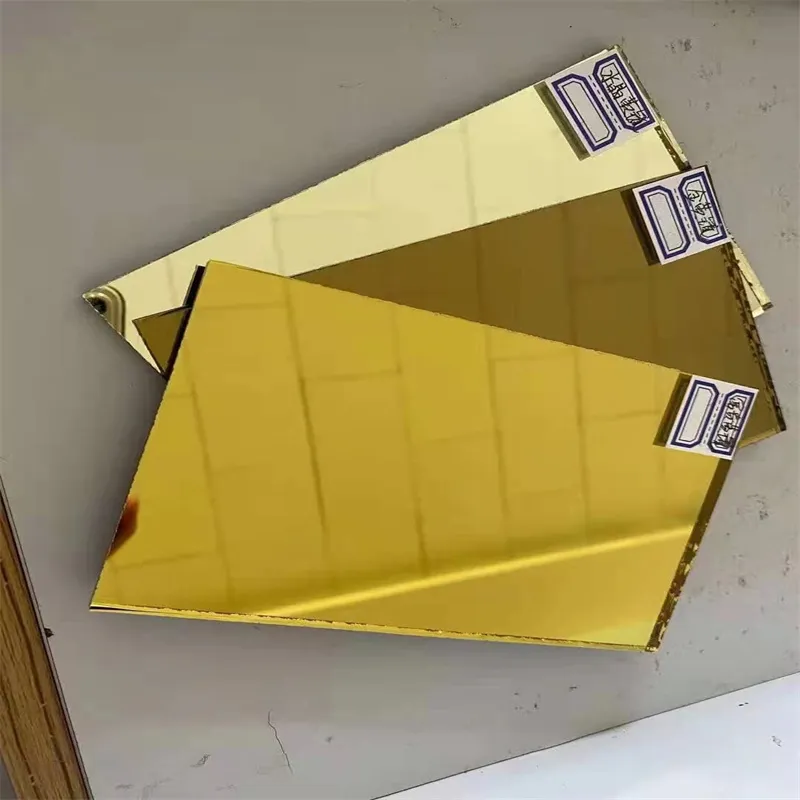Nov . 25, 2024 23:24 Back to list
Innovative Glass Panel Designs for Modern Architectural Solutions and Aesthetics
Architectural Glass Panels A Modern Marvel in Design
Architectural glass panels have transformed the way buildings are designed and constructed, blending aesthetics with functionality. These sleek, elegant panels are more than just transparent surfaces; they are integral components of modern architecture, offering a myriad of benefits while redefining spaces both interior and exterior.
The Evolution of Glass Panels
Historically, glass was primarily used for windows, offering a glimpse of the outside world while providing minimal insulation. However, advancements in technology and manufacturing processes have led to the development of architectural glass panels that serve multiple purposes. Today, these panels come in a variety of forms, including laminated, tempered, insulated, and decorative glass, each providing unique advantages to architects and builders.
Aesthetic Appeal
One of the most compelling reasons for the popularity of architectural glass panels is their aesthetic appeal
. These panels create an illusion of space, allowing for an abundance of natural light to penetrate indoor environments. This design approach not only enhances the visual appeal of a structure but also promotes a connection between the interior and the exterior, creating a seamless flow that is highly sought after in contemporary architecture.Moreover, glass panels can be customized in terms of color, texture, and pattern, allowing architects to express their creativity and meet the specific needs of their projects. From sleek, minimalist facades to intricate designs featuring etched or printed patterns, the artistic possibilities are endless. This versatility has made glass a favored material among architects aiming to create distinctive and captivating structures.
Energy Efficiency and Sustainability
architectural glass panels

In today’s world, sustainability and energy efficiency are paramount concerns. Architectural glass panels have risen to meet these challenges through various innovative designs and technologies. Low-emissivity (low-E) glass, for instance, is designed to minimize the amount of ultraviolet and infrared light that enters a building, effectively reducing heat gain while still allowing natural light to flow in. This not only contributes to a comfortable indoor environment but also lowers energy costs related to heating and cooling.
Additionally, many architectural glass panels are manufactured using environmentally friendly processes and materials. This aligns well with the growing demand for sustainable building practices, as more architects and developers seek to minimize their carbon footprint.
Structural Integrity and Safety
Beyond beauty and sustainability, architectural glass panels also contribute to the structural integrity of buildings. Modern glass panels are engineered to withstand significant stress and pressure, making them safe and durable under various environmental conditions. Laminated and tempered glass, for example, are designed to be shatter-resistant and can endure high winds and severe weather, ensuring the safety of the occupants.
Additionally, the use of advanced framing and anchoring systems allows for large spans of glass to be employed, creating expansive views without compromising safety. This engineering prowess enhances the overall design and functionality of a structure.
Conclusion
Architectural glass panels represent a fusion of art, technology, and sustainability, ushering in a new era of architectural design. They challenge conventional building materials, offering architects unprecedented opportunities to innovate while addressing the demands of energy efficiency and safety. As the architectural landscape continues to evolve, glass panels will undoubtedly play a pivotal role in shaping the environments we inhabit, providing both beauty and functionality that stand the test of time.
In essence, glass is not just a material; it is a canvas for creative expression and a beacon of progress in contemporary architecture. With endless possibilities, architectural glass panels are indeed a modern marvel, inspiring future generations of architects and designers to push the boundaries of what is possible in building design.
-
Safety and Style with Premium Laminated Glass Solutions
NewsJun.24,2025
-
Reinvents Security with Premium Wired Glass
NewsJun.24,2025
-
Premium Float Glass Line for Modern Architecture
NewsJun.24,2025
-
Low Emissivity Glass for Energy-Efficient Architecture
NewsJun.24,2025
-
High-Performance Insulated Glass Solutions for Modern Architecture
NewsJun.24,2025
-
Elevates Interior Style with Premium Silver Mirror
NewsJun.24,2025
Related PRODUCTS














